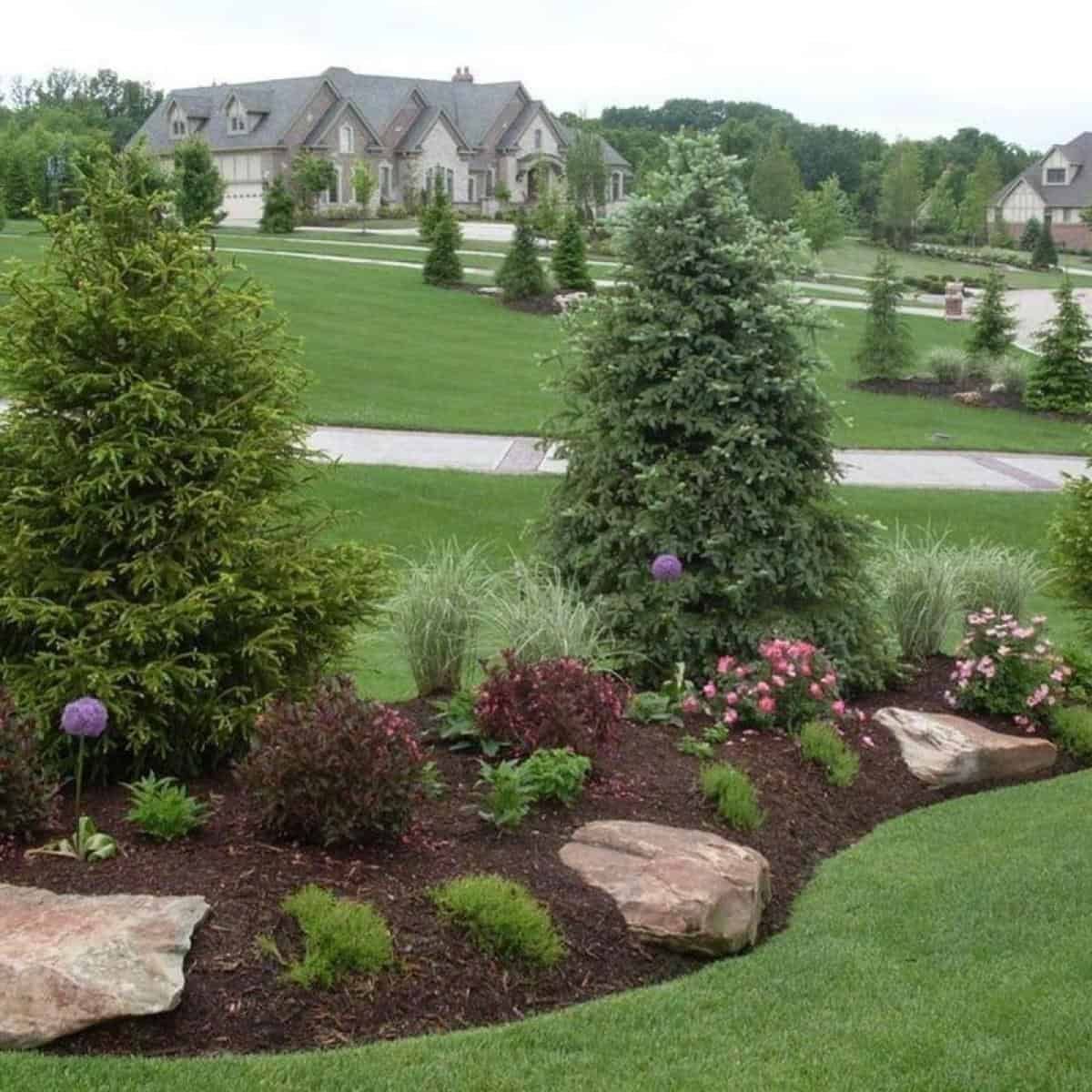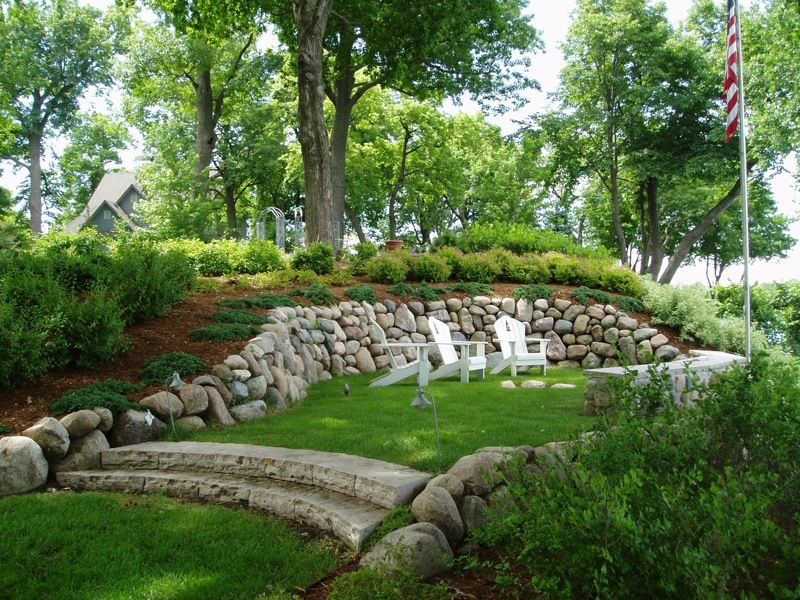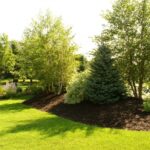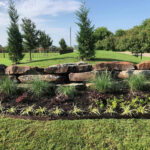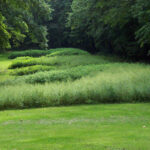Landscaping mounds can add depth and interest to any outdoor space. Whether you are looking to create a focal point in your garden or simply want to elevate certain areas of your landscape, mounds can be a versatile and aesthetically pleasing landscaping feature.
One of the main benefits of landscaping mounds is that they can help create visual interest in an otherwise flat yard. By adding varying heights and levels to your landscape, you can create a more dynamic and engaging outdoor space. Mounds can also help to break up large areas of open space, adding structure and definition to your garden.
In addition to their visual appeal, landscaping mounds can also serve practical purposes. They can be used to create natural barriers or borders in your garden, helping to define different areas and create a sense of separation. Mounds can also be used to elevate certain plants or flowers, allowing them to stand out and be more prominently displayed in your landscape.
When it comes to designing and building landscaping mounds, there are a variety of materials and techniques that can be used. From soil and mulch to rocks and boulders, there are many options available for creating mounds in your garden. You can also use different shapes and sizes of mounds to achieve different effects, from gentle slopes to more dramatic peaks.
One important consideration when creating landscaping mounds is drainage. Proper drainage is essential to prevent water from pooling and causing erosion on your mounds. You may need to install drainage pipes or use a combination of gravel and soil to ensure that water can flow freely through your mounds.
Overall, landscaping mounds can be a great way to add dimension, texture, and visual interest to your outdoor space. Whether you are looking to highlight certain plants or create a focal point in your garden, mounds can be a versatile and attractive landscaping feature that can enhance the beauty and functionality of your landscape.
